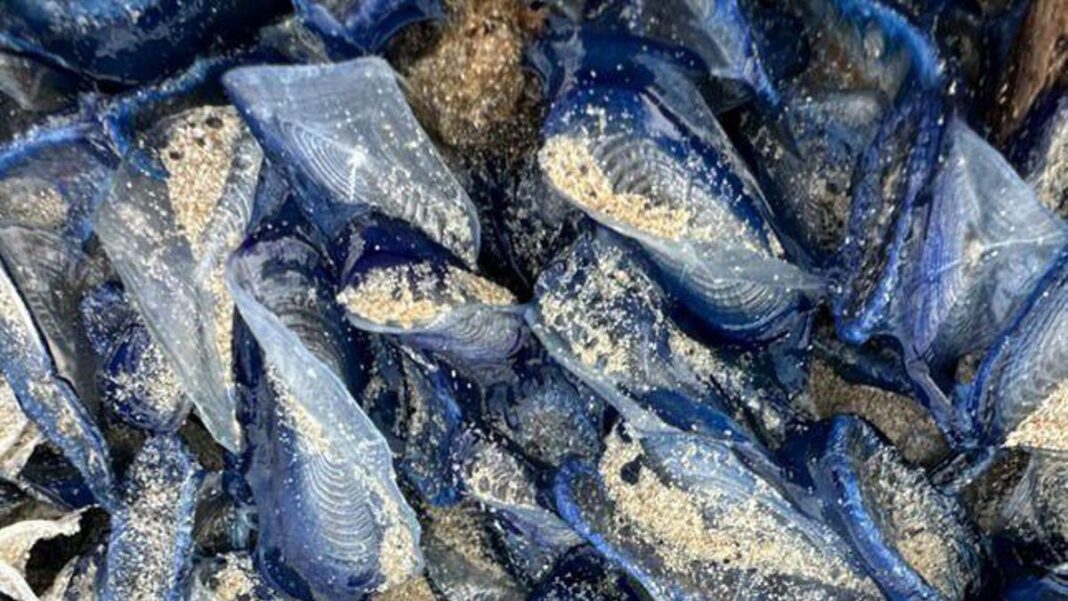The presence of jellyfish on the beaches of Ibiza and Formentera is becoming more frequent and, in many cases, also more abundant. What used to be an occasional nuisance has become a common situation during the summer months, precisely when they are most crowded. 19659005]Specialists in the field point to climate change as one of the main causes. The increase in sea temperature favors the reproduction of jellyfish, and the decrease in their natural predators, such as sea turtles or sunfish, aggravates the problem.
In addition, sea currents and wind can push these animals towards the coast, where they get trapped in bathing areas.
Beaches such as Benirràs, Ses Salines, Punta Galera, Cala Bassa or the coast of Sant Antoni are some of the areas where they are most commonly sighted. The lifeguard services have already activated several warning and prevention protocols to avoid incidents, since some species can cause quite painful stings. 19659009]What kind of jellyfish appear in our waters? 19659010]The most common is the Pelagia noctiluca , known as the carnation jellyfish. Its sting can cause stinging, redness and even vomiting or allergic reactions in sensitive people. There have also been sightings of Velella velella , which do not usually cause harm, but can form large accumulations on the surface of the sea
The most feared, however, is the Portuguese carabela, whose contact can be very dangerous. Fortunately, its presence on the islands is very occasional.
Can it be avoided?
Although it is not always possible to foresee its appearance, there are tools that can help us. Applications such as MedusApp or Jellyfish Ibiza allow you to consult recent sightings of jellyfish in real time, thanks to the warnings of users and lifeguards. They are free and available for cell phones. You can also check the sea conditions in apps like iMar, which allow you to predict whether the waves or wind could bring them closer to the shore.
What to do if you get stung by a jellyfish
Get out of the water immediately. Do not rub the area or apply fresh water. Rinse with seawater and, if possible, apply vinegar or warm water (depending on the type of jellyfish). Remove visible tentacles with tweezers or a stiff card. Apply local cold (never directly on the skin). Go to a health center if symptoms worsen or there is an allergic reaction.
In Formentera, for example, the lifeguards attended almost a thousand stings last summer, a figure that reflects the scope of the phenomenon and the importance of prevention.
For the full article, please visit Diario de Ibiza website here.

